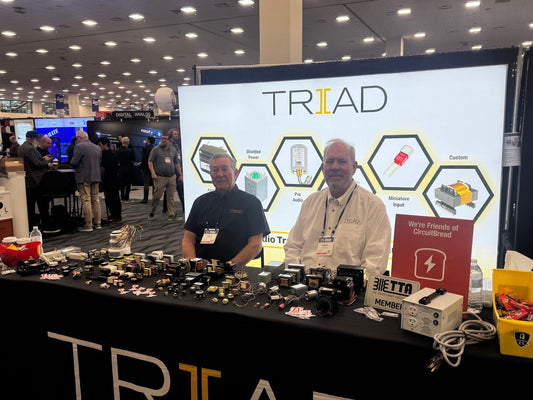- Distance of the speaker pair from the wall behind them controls the amount of depth or space we allow to help the illusion of soundstage. Pulling the speakers away from the rear wall too much loses the soundstage boundaries and palpability; too little and there's not enough "space" for the soundstage to exist. The soundstage should always appear behind and at the loudspeaker pair, never in front.
- Distance between the pair controls the width of the soundstage, the center image and, perhaps more important, the tone of the voice. Closer together the upper midbass is coupling better between left and right and the voice becomes fuller sounding - further apart the opposite. You want the perfect balance.
- Toe-in (angling the speaker pair inwards towards your listening position) puts the tweeters in a more direct path with your ears and will help solidify the center image. Always use extreme caution with toe-in as less is usually better. I try never to toe-in if I can avoid it - preferring instead to play with the distance between the two speakers until I get the best I can between proper tonality and palpability of the image. Once that's dialed in as best I can, then (and only then) do I judiciously toe in to achieve the finishing touch on image stability. Too much toe-in can flatten out the depth and width of the soundstage you worked hard to achieve.
Basic setup
by Paul McGowan
So now that we know our musical library fairly well, what do we do with this new-found information? How do we use this familiarity to help us affect change or experiment with different settings?
I'll begin to walk you through a simple setup that I might be working with as an example so you can see.
We have two music rooms at the office, number one and number two. In Music Room One we have the big reference system I have been writing about, based upon the Infinity IRS. This sets the standard within the building and what we use as our go-to music setup.
Music Room Two is much smaller and more like something you'd possibly have in your home. I am just now installing a pair of Thiel two-ways (SCS4-T) into the room. There's no possibility they will ever sound like that of Room One - and that's never been the intent. However, I do want them to have the same characteristics within their limitations and this is what I set out to do.
The first type of music I put on in either room is something simple with a voice. Voices are for most of us easily identifiable relative to an instrument. Let's use our Diana Krall example again. In Music Room One I get a clear sense that she is halfway between the front of the loudspeaker and the wall behind the speakers. Her voice hovers in perfect space at about the right height and size (as long as I have the volume set properly). The room she is playing in sounds to me a certain size that I am sensing. That's about all I need.
I play the same cut in Music Room Two and it shouldn't take too long to reposition the Thiels to achieve the same basic feel. What I am changing is the distance between the wall behind the loudspeakers, the distance between the pair and the toe in angle of the speaker.
- Choosing a selection results in a full page refresh.
- Opens in a new window.








